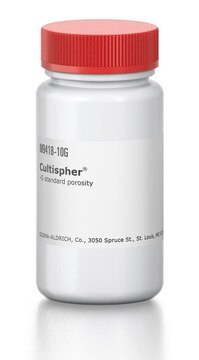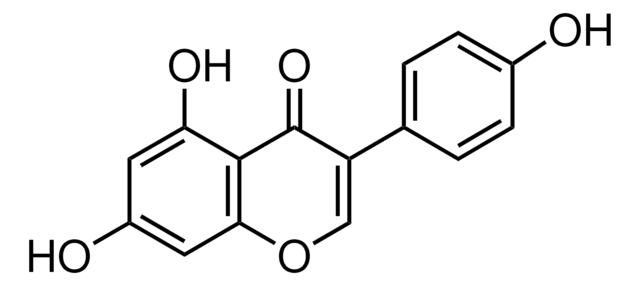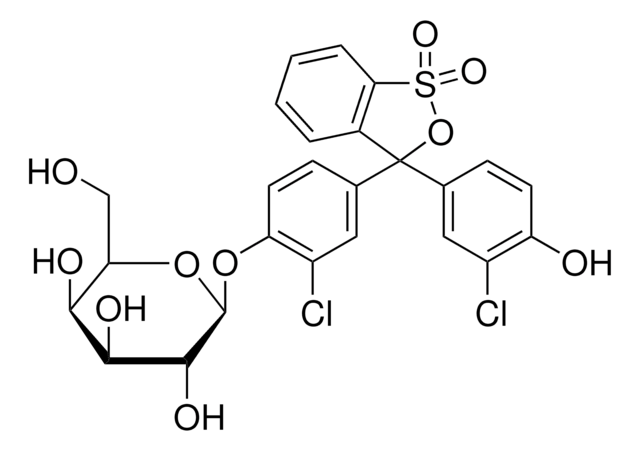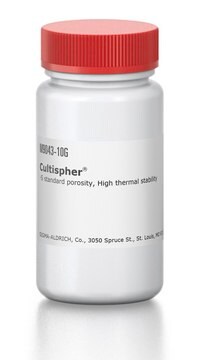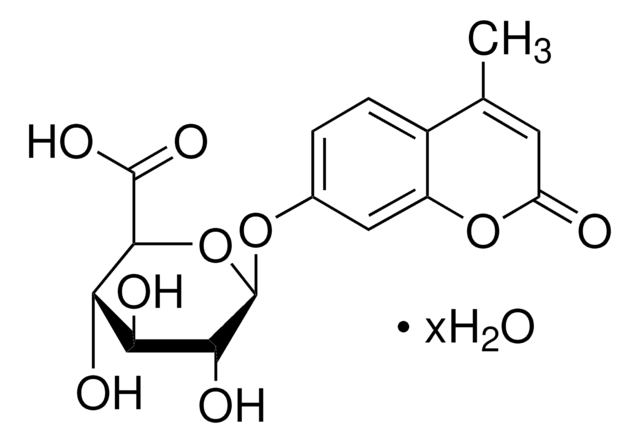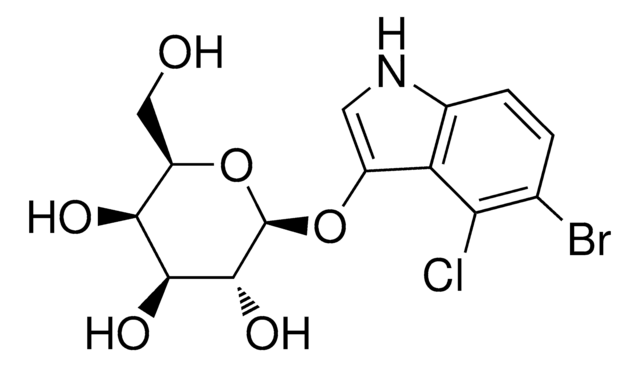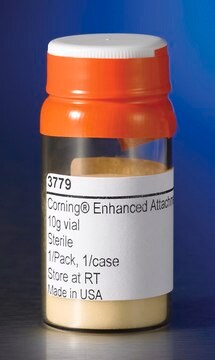P203
Phenamil methanesulfonate salt
solid
Sinónimos:
3,5-Diamino-6-chloro-N-[imino(phenylamino)methyl]pyrazinecarboxamide methanesulfonate salt
About This Item
Productos recomendados
form
solid
Quality Level
color
yellow
solubility
45% (w/v) aq 2-hydroxypropyl-β-cyclodextrin: 2.5 mg/mL
DMSO: ≥5 mg/mL (with warming)
0.1 M HCl: insoluble
H2O: insoluble
storage temp.
2-8°C
SMILES string
CS(O)(=O)=O.Nc1nc(N)c(nc1Cl)C(=O)NC(=N)Nc2ccccc2
InChI
1S/C12H12ClN7O.CH4O3S/c13-8-10(15)19-9(14)7(18-8)11(21)20-12(16)17-6-4-2-1-3-5-6;1-5(2,3)4/h1-5H,(H4,14,15,19)(H3,16,17,20,21);1H3,(H,2,3,4)
InChI key
MHPIZTURFVSLTJ-UHFFFAOYSA-N
Gene Information
human ... SCNN1A(6337) , SCNN1B(6338) , SCNN1D(6339) , SCNN1G(6340)
mouse ... Scnn1a(20276) , Scnn1b(20277) , Scnn1d(140501) , Scnn1g(20278)
rat ... Scnn1a(25122) , Scnn1b(24767) , Scnn1g(24768)
General description
Application
- to stimulate adipocyte differentiation in 3T3 cells
- to test its effect on lateral flagella expression in Vibrio shilonii
- in nanoparticle preparation to test its effect on osteo/odontoblastic differentiation
Biochem/physiol Actions
Storage Class
11 - Combustible Solids
wgk_germany
WGK 3
flash_point_f
Not applicable
flash_point_c
Not applicable
ppe
Eyeshields, Gloves, type N95 (US)
Elija entre una de las versiones más recientes:
Certificados de análisis (COA)
¿No ve la versión correcta?
Si necesita una versión concreta, puede buscar un certificado específico por el número de lote.
¿Ya tiene este producto?
Encuentre la documentación para los productos que ha comprado recientemente en la Biblioteca de documentos.
Nuestro equipo de científicos tiene experiencia en todas las áreas de investigación: Ciencias de la vida, Ciencia de los materiales, Síntesis química, Cromatografía, Analítica y muchas otras.
Póngase en contacto con el Servicio técnico